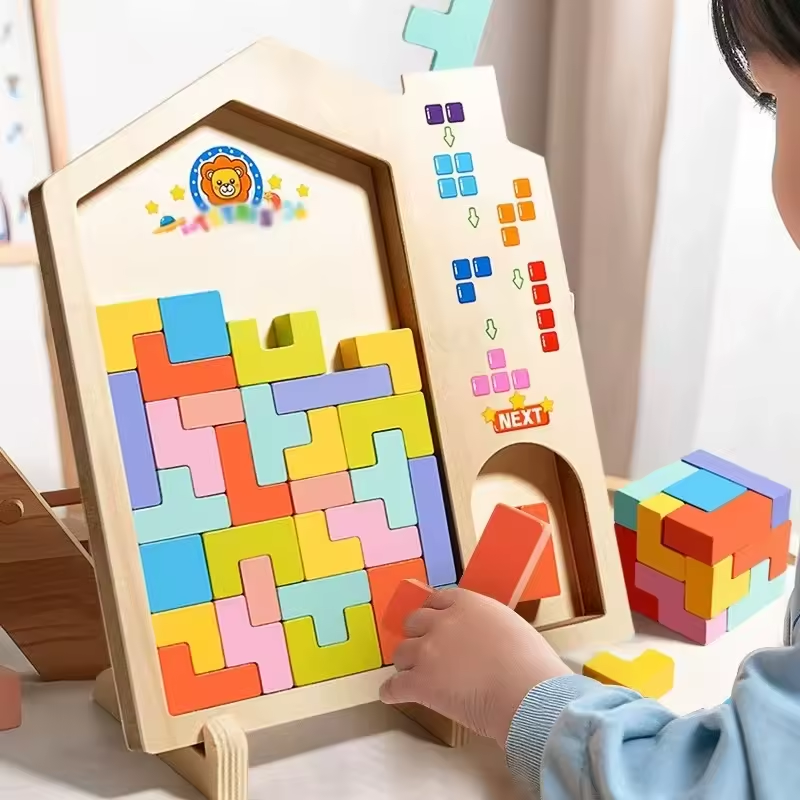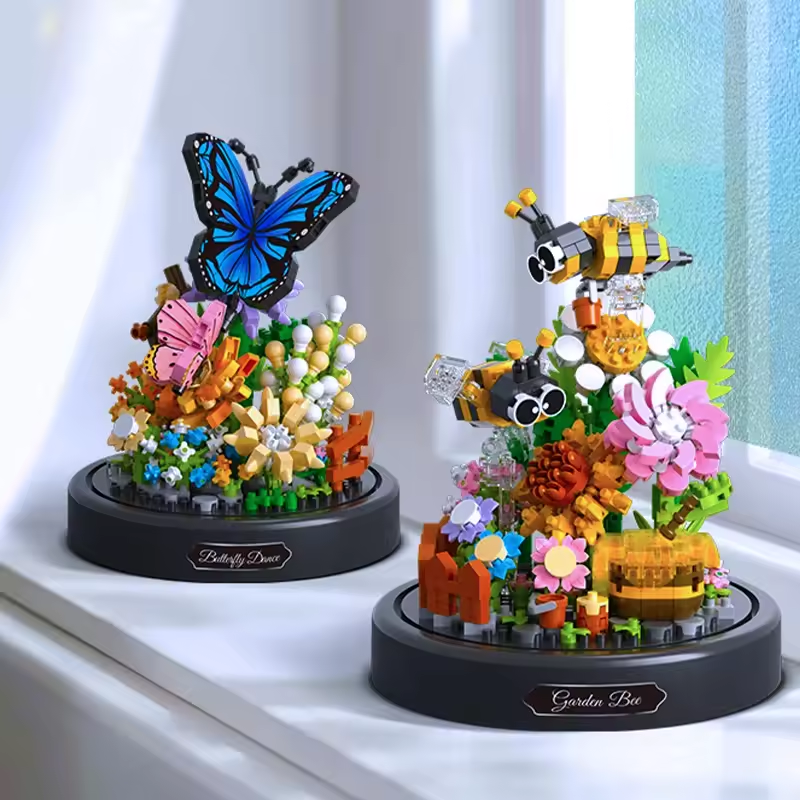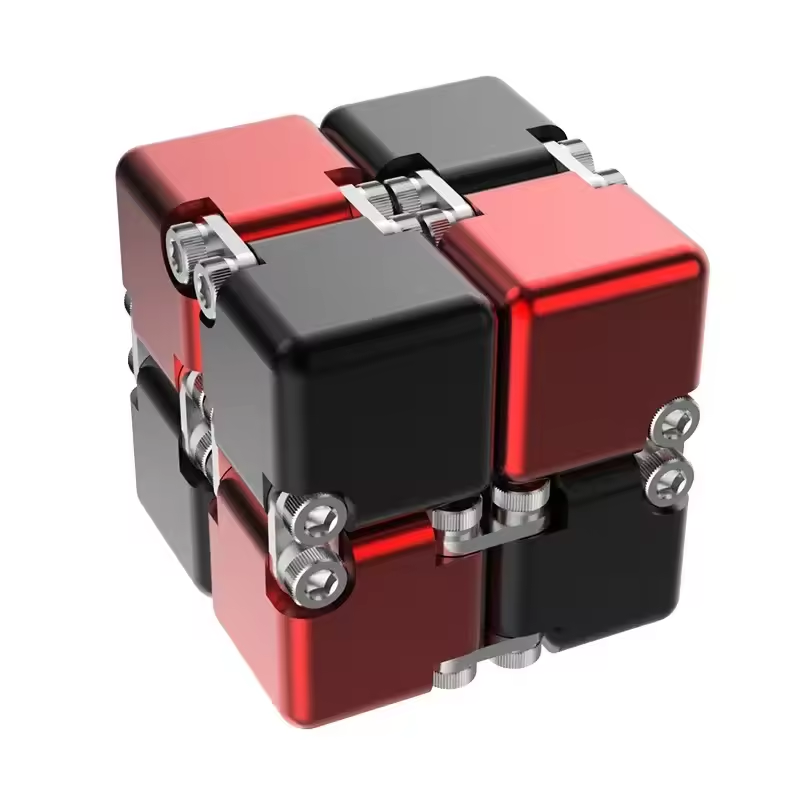Board games offer a timeless escape into worlds of strategy, chance, and friendly competition. But what if you could become the architect of your own game world? Designing your own board game is an exciting prospect that allows you to unleash your creativity, craft a personalized experience for loved ones, and bring a unique concept to life. This comprehensive guide will equip you with the essential steps to embark on this rewarding journey.
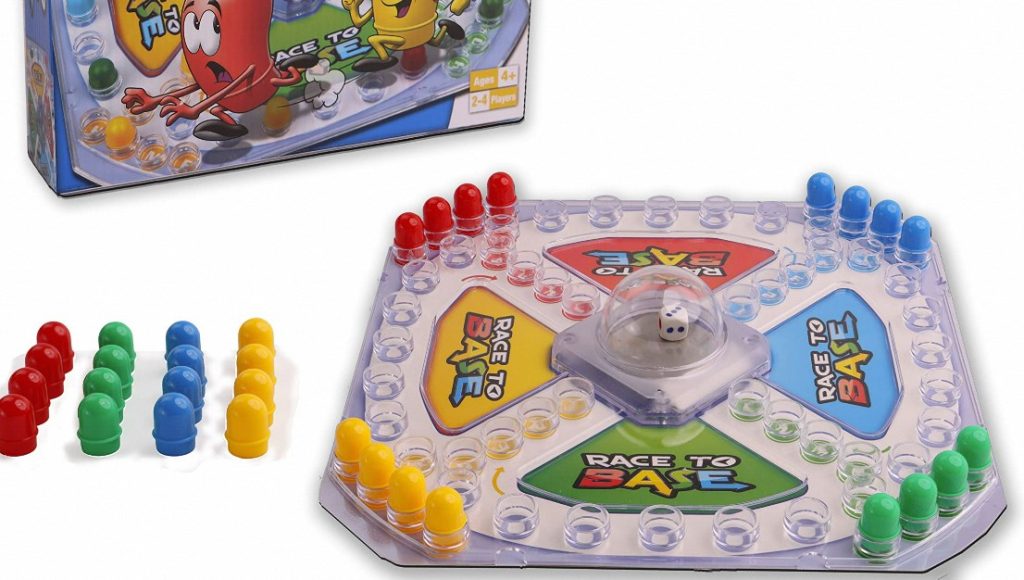
Part 1: Concept & Design
Theme & Genre:
The first step is to identify the core theme and genre of your game. Will it be a heart-pounding race to acquire resources, a collaborative quest to overcome a challenge, or a lighthearted party game perfect for social gatherings? Themes can range from exploring a mystical jungle to mastering the art of pizza making. Consider your own interests and those of your target audience when choosing a theme.
Mechanics & Gameplay:
Once you’ve identified a captivating theme for your board game, it’s imperative to dive into the mechanics that will define the gameplay. Consider the fundamental elements that will drive the game’s dynamics: Will it involve dice-rolling, card drafting, or a combination of both? How will players interact with the game board and with each other? By contemplating popular game mechanics you enjoy, you can explore how to adapt and integrate them into your unique concept. Analyze the mechanics of well-received games within your preferred genre and consider how they contribute to the overall gaming experience. This research can inspire you to adapt and innovate, blending familiar mechanics with novel twists that enhance your game’s appeal. By thoroughly developing and harmonizing the game mechanics with your chosen theme, you can create a seamless and engaging gameplay experience, ensuring that your board game’s core mechanics are well-aligned with your creative vision.
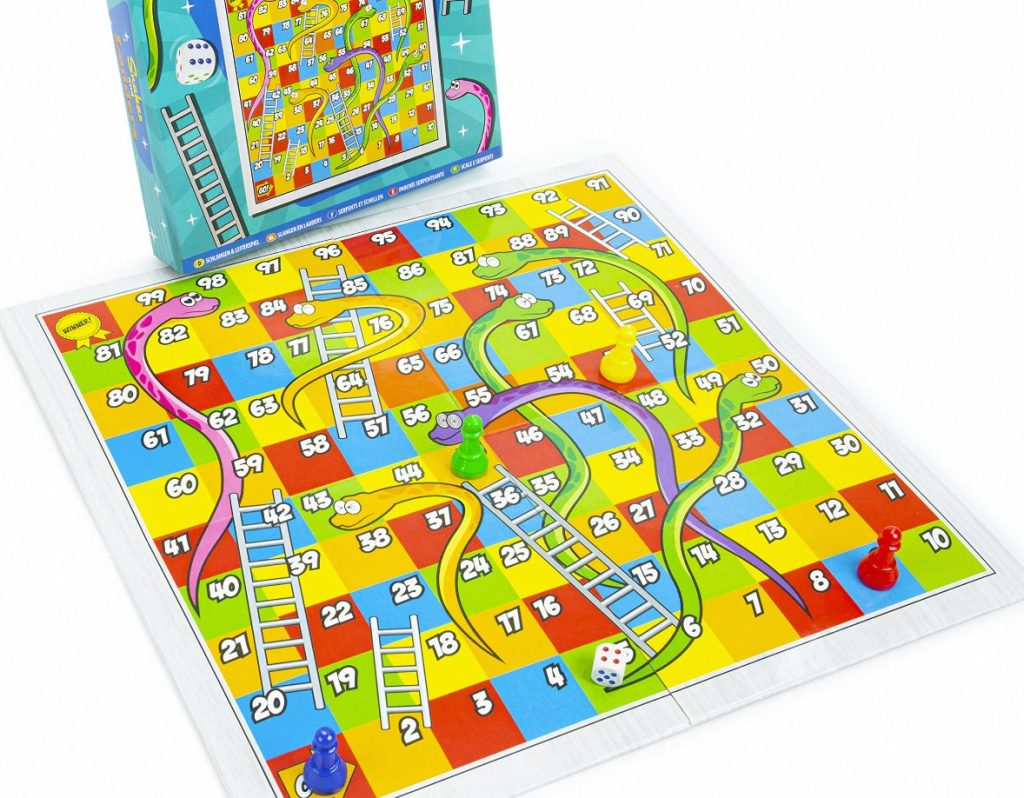
Part 2: Building the Foundation
The Game Board:
The game board forms the nucleus of your game, serving as the canvas on which your concept unfolds. Whether created on paper, cardboard, or digitally using design software, the board is a fundamental element that requires careful attention. When crafting the layout, it’s important to consider the flow of the game and accommodate the intended number of players. Visualizing the paths, spaces, and regions is crucial to ensure an intuitive and engaging gameplay experience. Additionally, pondering on the incorporation of special spaces with unique actions or consequences can add strategic depth, fostering decision-making and unpredictability. These spaces could offer advantages, present challenges, or trigger specific events, contributing to the overall dynamic nature of the game. By thoughtfully designing the game board and strategically placing special spaces, you can create an immersive and stimulating game environment, driving player engagement and enhancing the overall appeal of your custom-designed board game.
Game Pieces:
In every board game, the inclusion of pawns or tokens is essential for representing the players and facilitating their movement across the game board. These game pieces serve as a tangible and visual representation of the players’ positions, adding a tactile dimension to the gaming experience. While buttons and coins can serve as simple yet effective tokens, incorporating miniature figurines or custom-designed pieces can further enhance the thematic and visual appeal of the game. By selecting game pieces that align with the theme and setting of the game, you can create a more immersive and engaging experience for the players. Additionally, personalizing the game pieces through creative designs, colors, or unique characters can imbue the game with a sense of individuality and charm, adding to the overall enjoyment of the gaming experience.
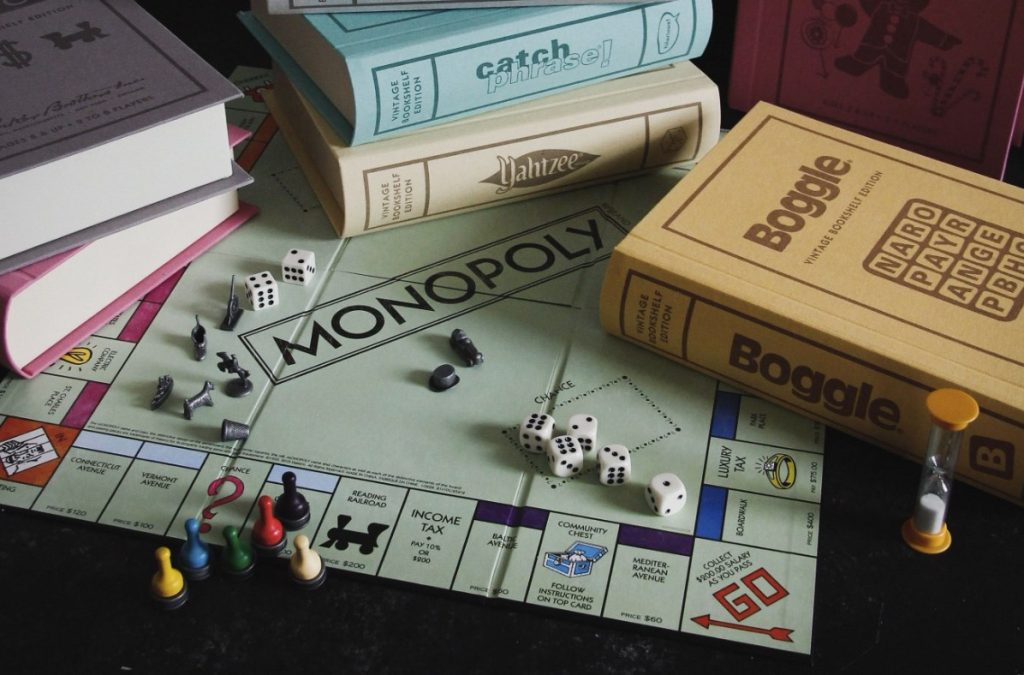
Part 3: Adding Layers of Engagement Cards & Chance Elements:
Incorporating cards into your board game can introduce a diverse range of elements, including chance, strategy, and humor. By creating different decks of cards, each with a unique purpose, you can enrich the gameplay experience. For example, these decks could be used for acquiring resources, encountering challenges, or gaining special abilities. Additionally, considering the inclusion of multiple decks of cards can add depth and complexity to the game, giving players a wide array of options and strategic decision-making opportunities. By offering various decks that serve distinct functions, you can provide players with a myriad of choices, allowing them to tailor their game strategy, adapt to different circumstances, and engage in meaningful decision-making. As a result, the inclusion of diverse cards and decks can elevate the overall gameplay experience, fostering an enriching and dynamic interaction for players and adding an element of surprise and strategic depth to your custom-designed board game.
Instructions & Rulebook:
Developing clear and concise instructions is essential for facilitating a smooth and enjoyable gameplay experience in your board game. Crafting a comprehensive rulebook involves presenting the rules in a well-organized format, catering to both new and experienced players. Clearly outlining the game’s objective, describing the setup process, detailing the gameplay mechanics, and explaining win conditions are fundamental aspects that should be addressed. Providing examples, visual aids, and straightforward language can enhance the comprehensibility of the instructions, making it easier for players to grasp the game’s concepts and rules. By presenting the rules in a logical and comprehensive manner, potential confusion can be minimized, encouraging player engagement and creating a more immersive gaming experience. A well-crafted rulebook serves as an invaluable tool for guiding players through the game, allowing them to fully understand and appreciate the intricacies of your custom-designed board game.
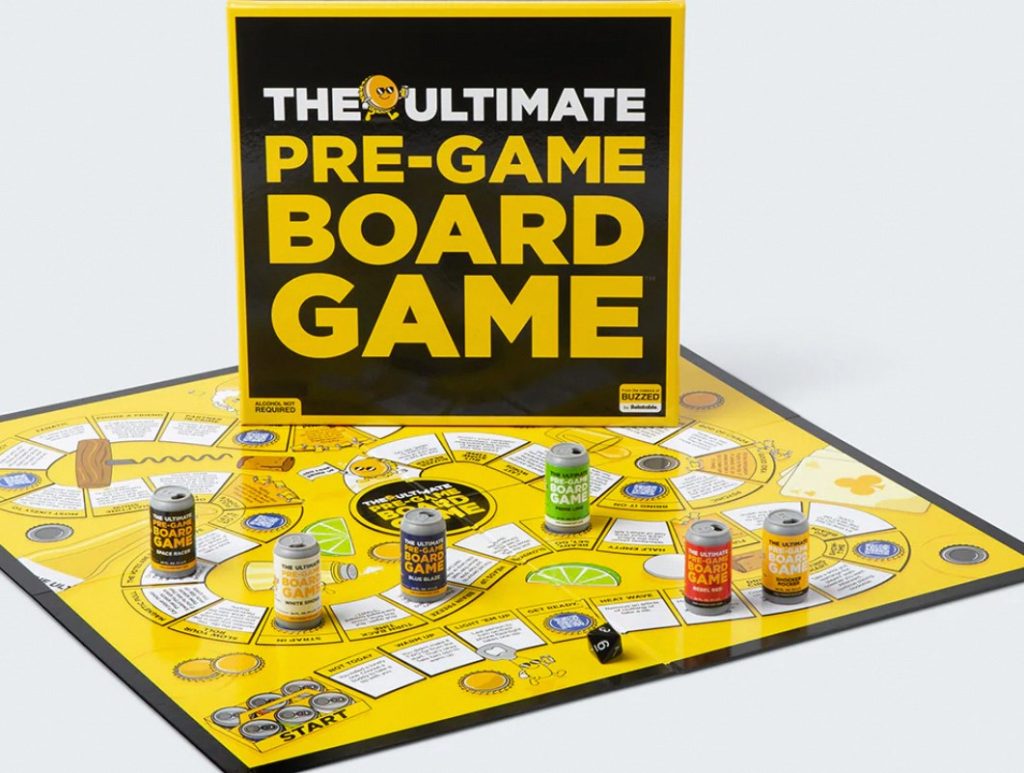
Part 4: Playtesting & Refinement
Test Runs & Refinement:
The real magic happens when you playtest your game! Gather a group of friends or family to test your game and observe their interactions. This initial playtesting session will help you identify any imbalances, unclear rules, or areas that need improvement. Be receptive to feedback and use it to refine your game mechanics and rules for a more balanced and engaging experience.
Presentation & Polish:
Once the gameplay is refined, focus on the visual presentation of your game. Design eye-catching artwork for the game board, cards, and rulebook. You can even create a custom box to store all the game components. Consider your target audience and theme when designing the artwork to create a cohesive and visually appealing game.
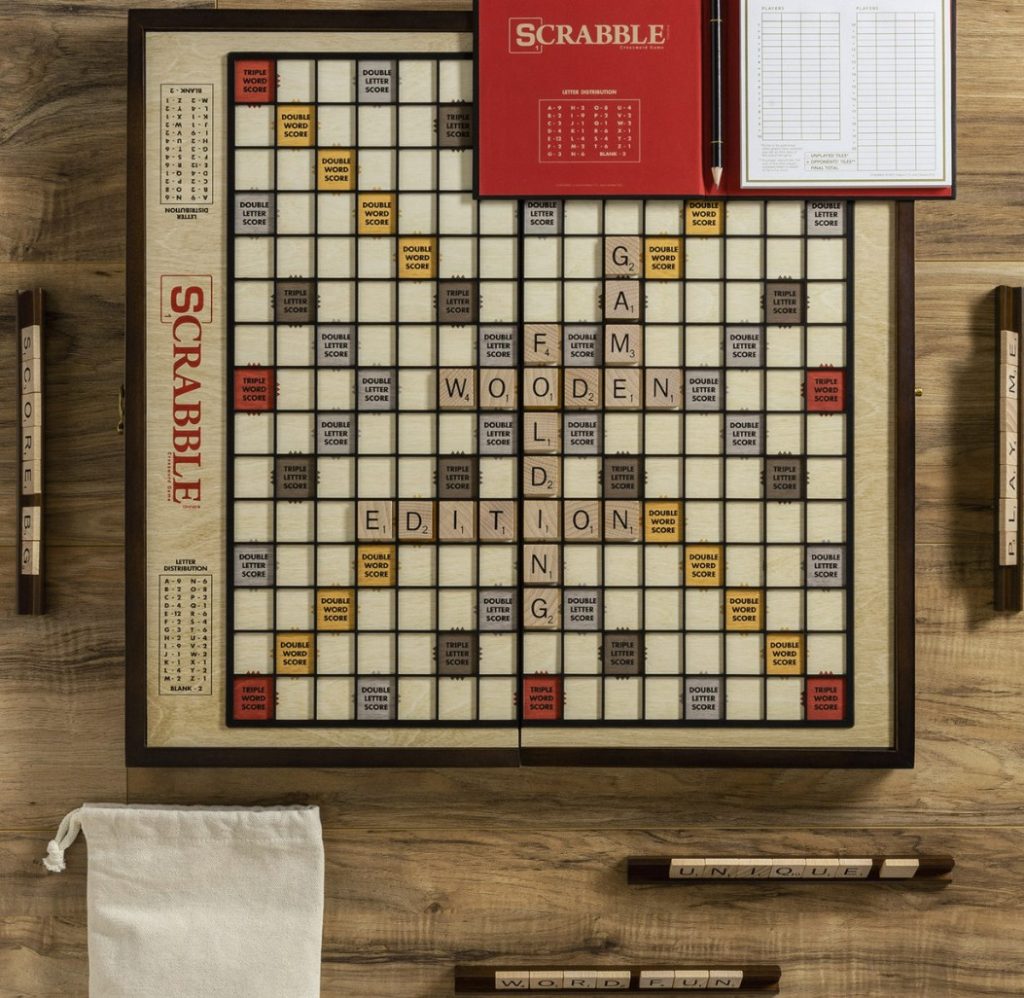
Crafting your own board game is a fulfilling journey that allows you to express your creativity and share it with the world. By following these steps and unleashing your imagination, you can bring your unique game concept to life and create countless hours of entertainment for yourself and your fellow players.
